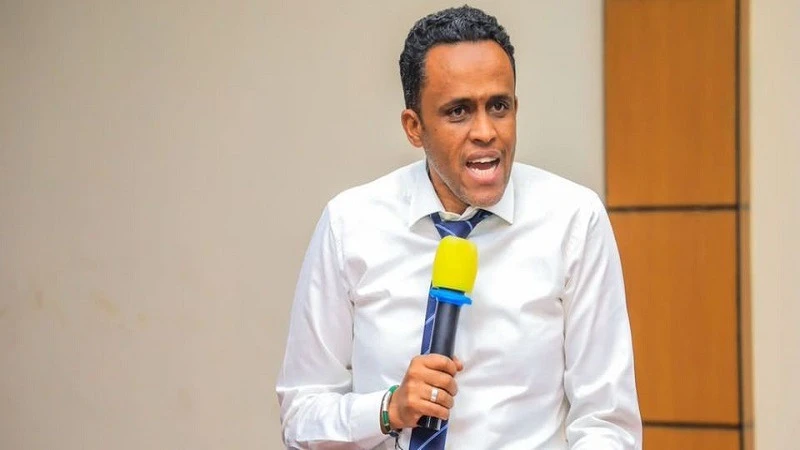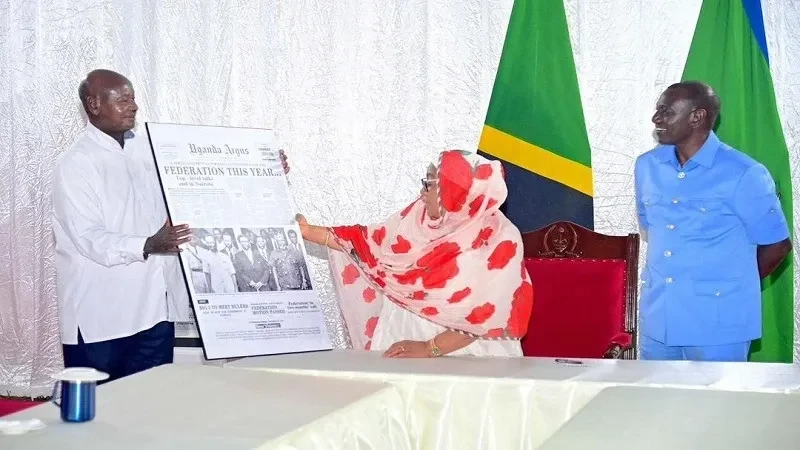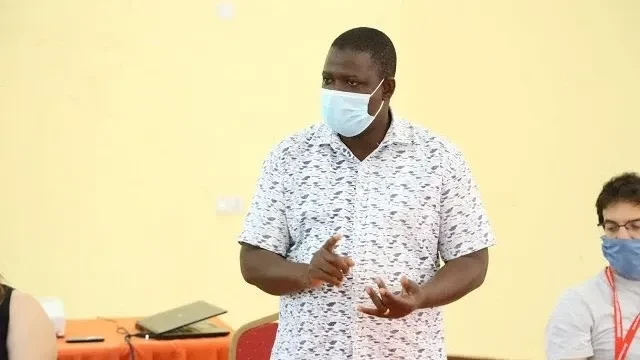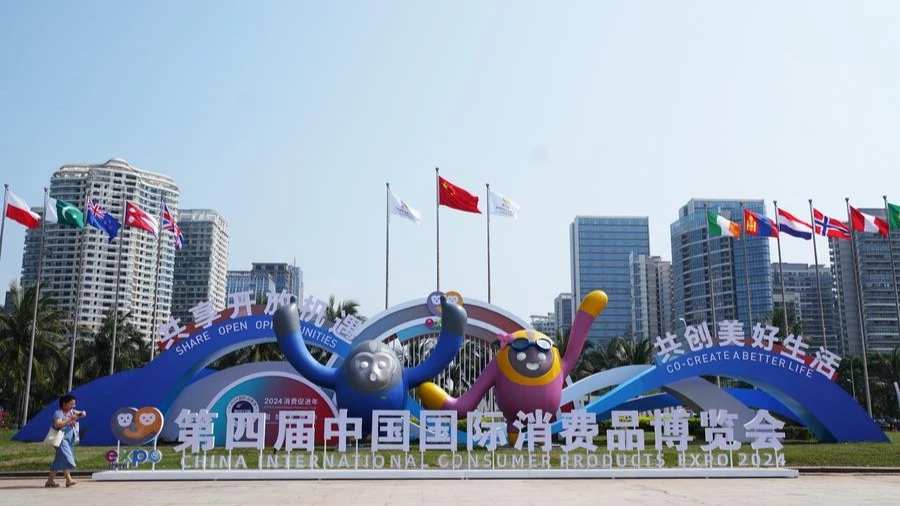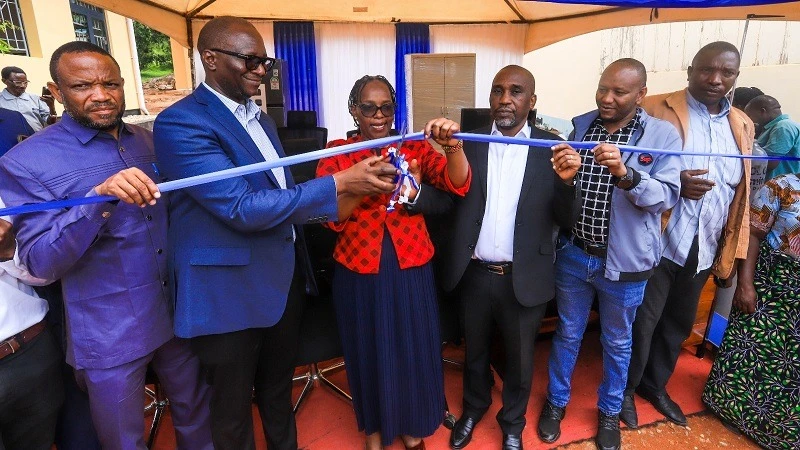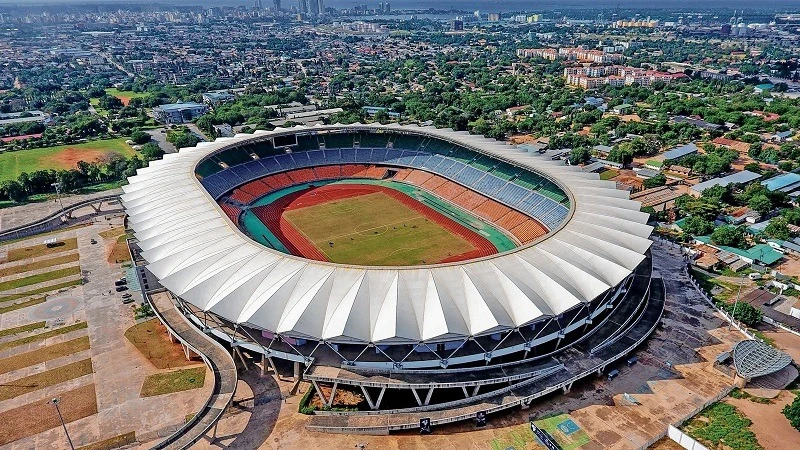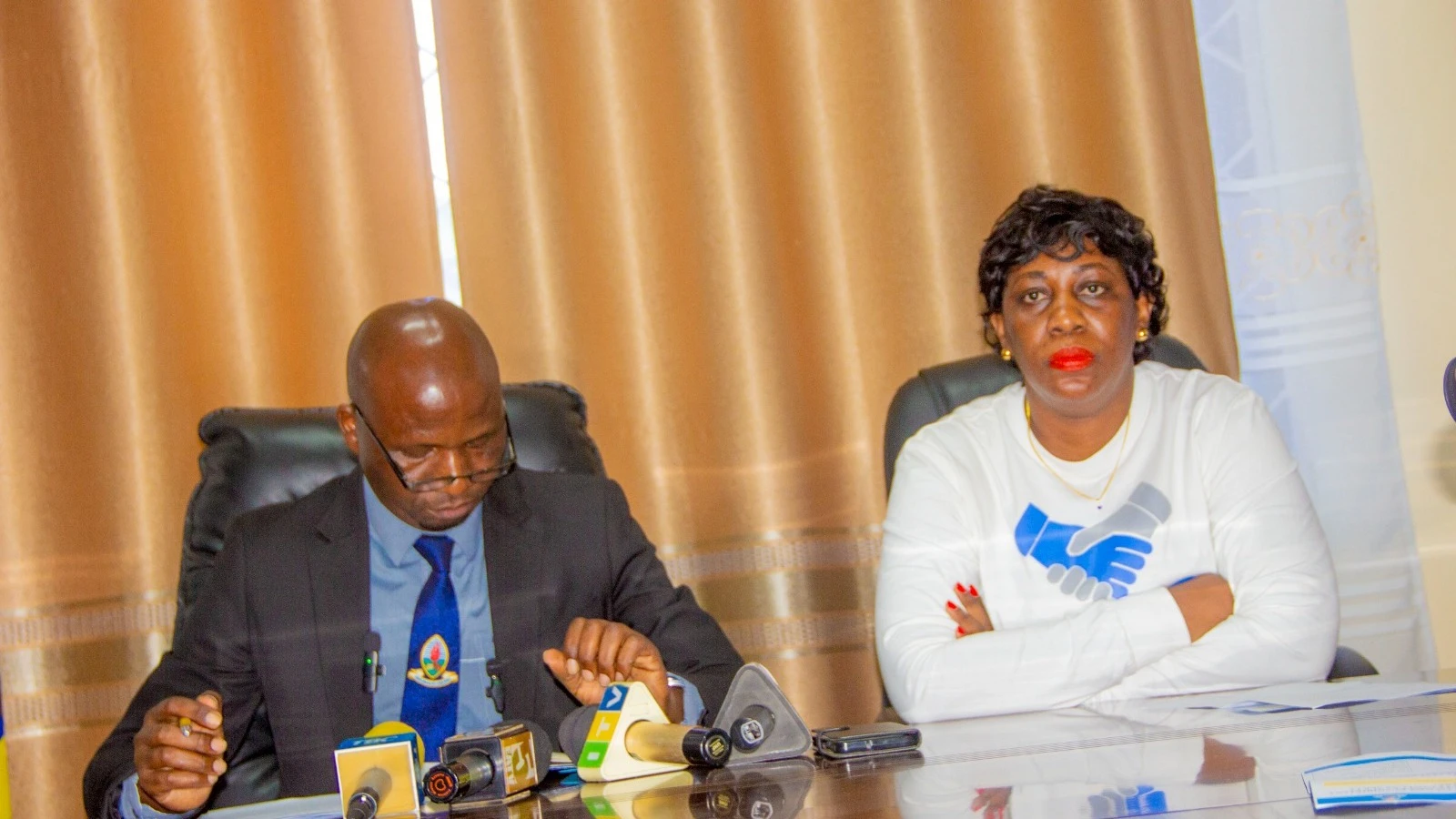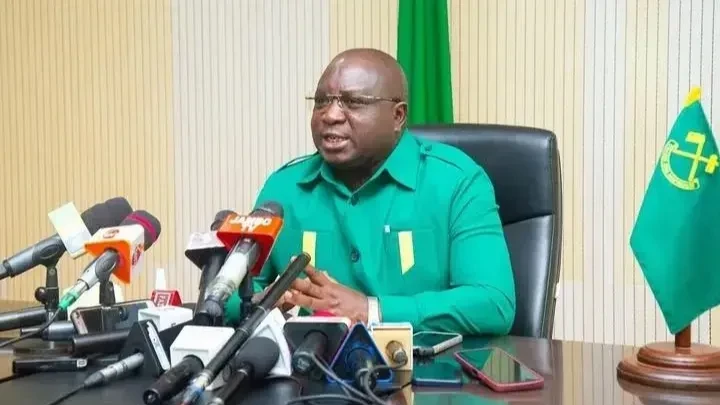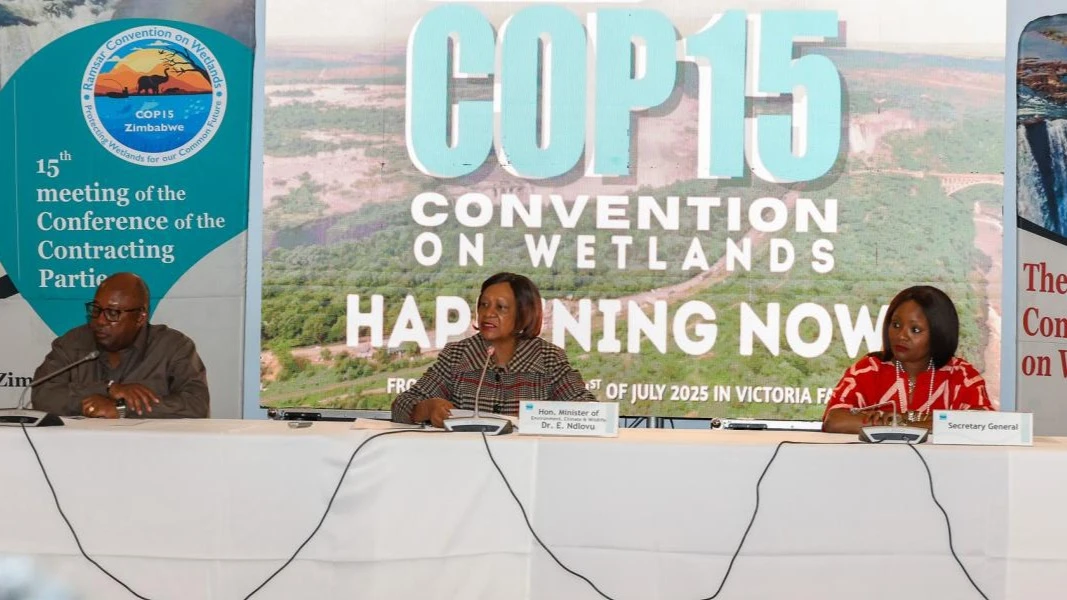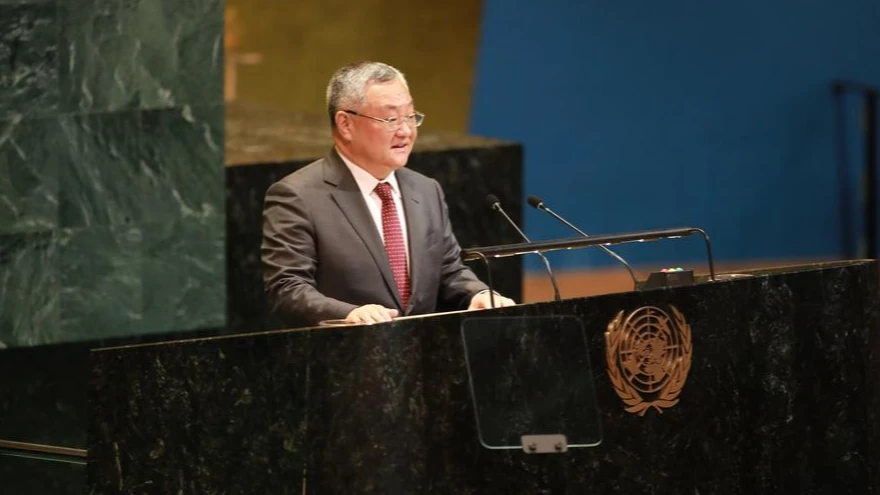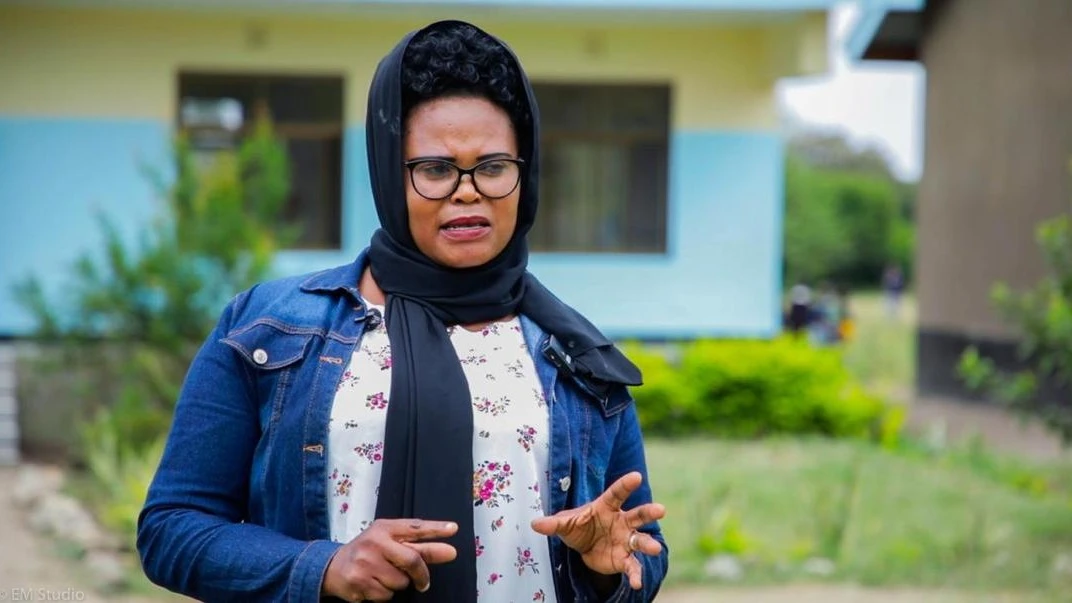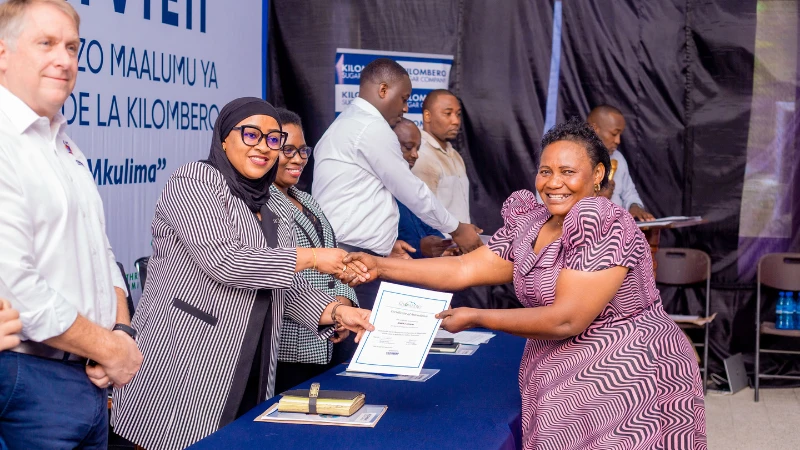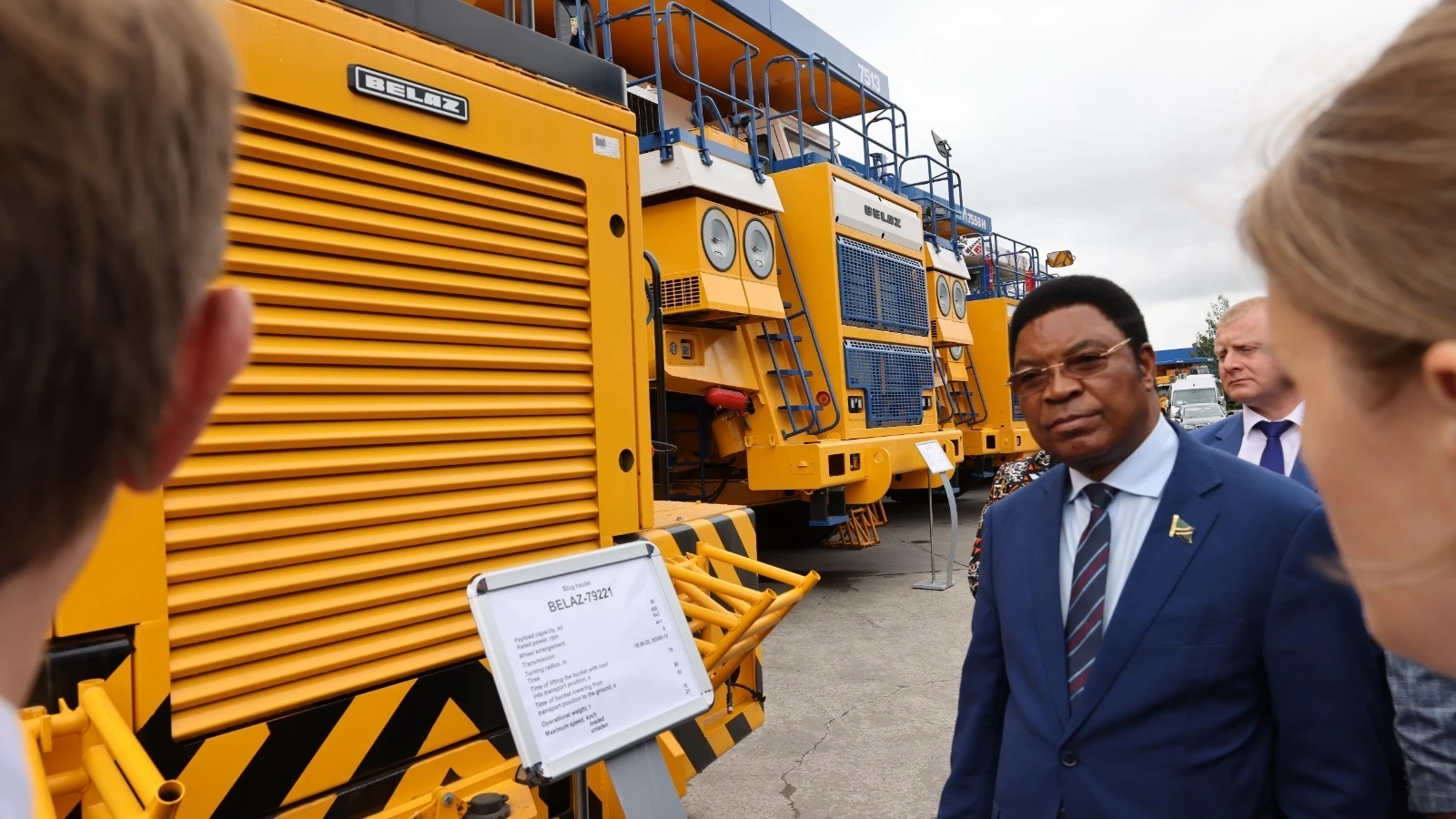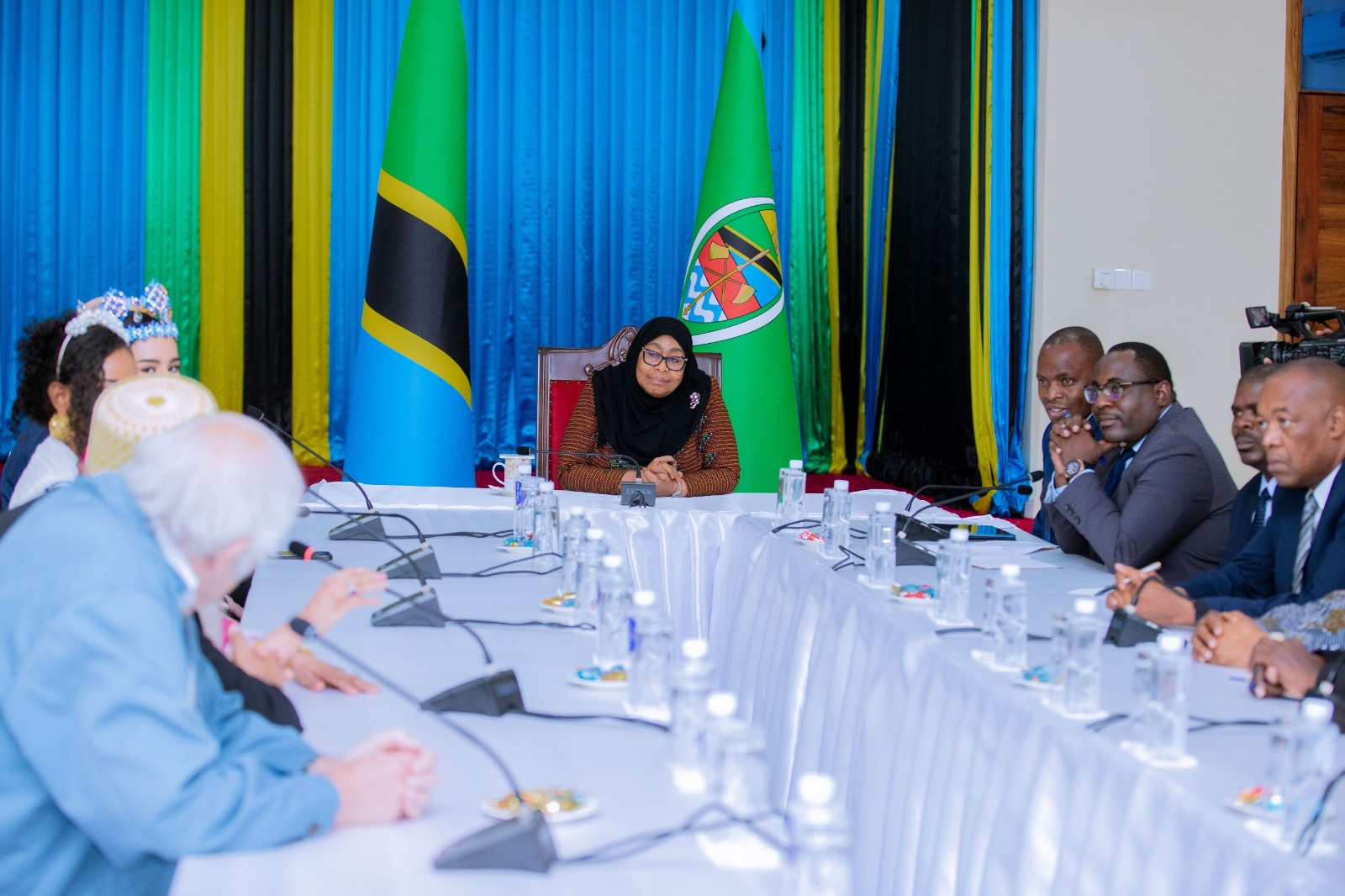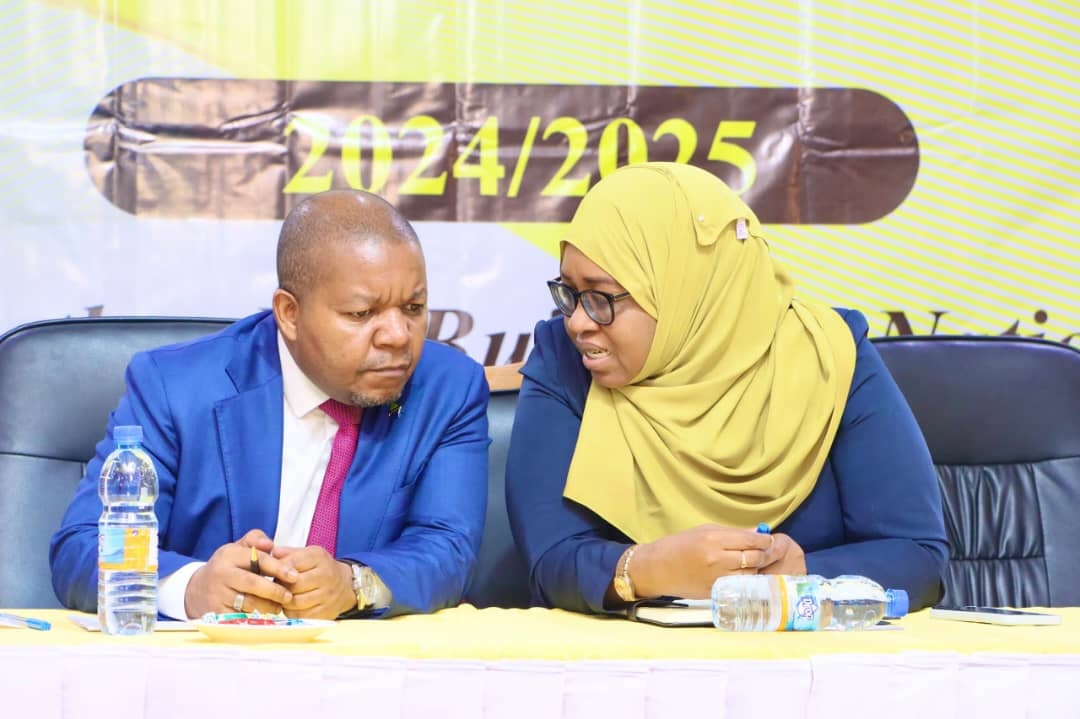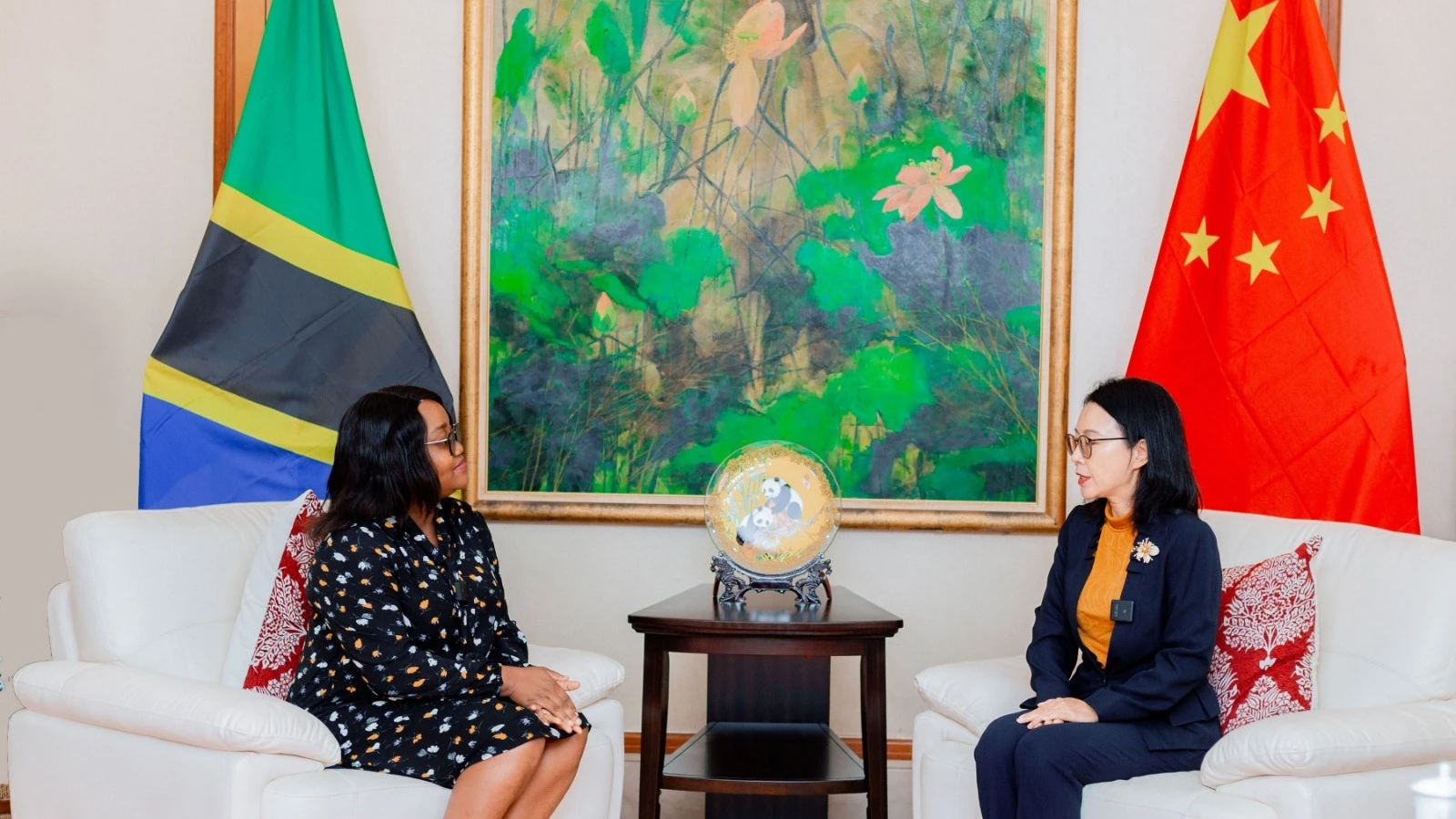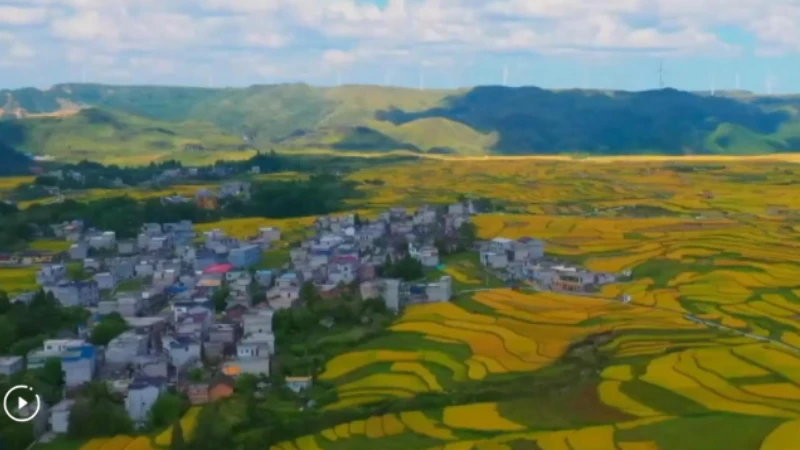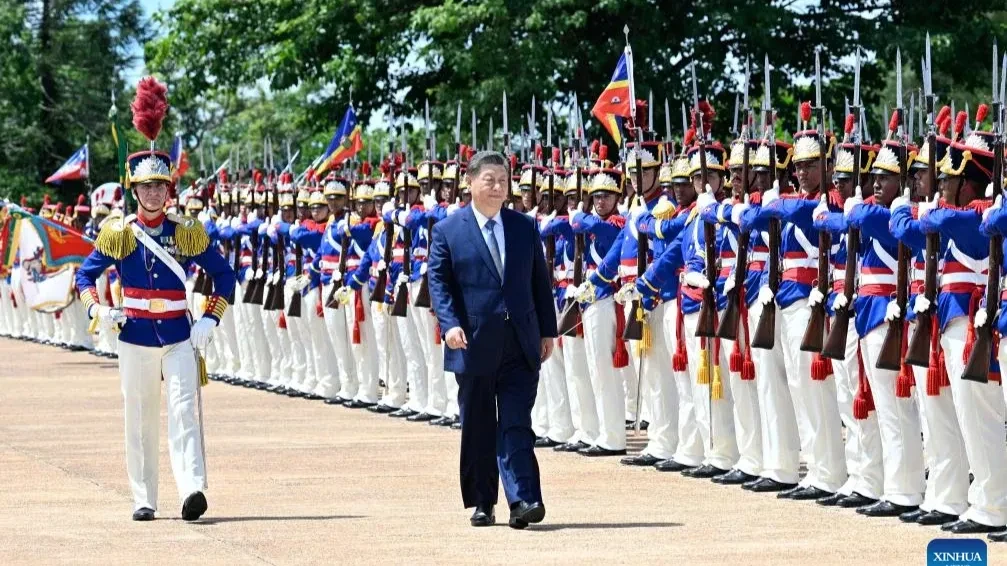‘Local knowledge rivals science for local ecosystem monitoring’

SCIENTISTS have confirmed that trained local observation can be just as effective—if not more so—than advanced technology in monitoring the health of natural ecosystems.
Lucia Tarimo of the Ifakara Health Institute (IHI), one of the co-authors of a recent study published in the journal ‘Ecology and Evolution,’ says that researchers introduced a new approach formulated as the ‘subjective natural ecosystem integrity index (SNEII).
This innovative method enables field observers to assess ecosystem health using simple visual cues and experiential knowledge, where there is no need for satellites, drones or sophisticated equipment, she stated.
“This method doesn’t require expensive tools or advanced degrees,” she said, affirming that it just requires trained eyes and a deep understanding of the land, “something local scouts already have.”
Deogratius Kavishe, a research scientist at IHI, led tests on the SNEII approach at 32 sites in and around the Ifakara–Lupiro–Mangula Wildlife Management Area (ILUMA WMA) in Morogoro Region, the summary indicates.
The findings showed that local observers, when trained, could accurately assess environmental conditions, identifying key indicators such as human activity, wildlife presence and deforestation.
Developed in collaboration with Cork University College (Ireland), the Sokoine University of Agriculture (SUA), and IHI, the SNEII system offers a practical and scalable solution for conservation efforts in resource-limited settings, the local authors noted.
Observers rate the health of an ecosystem on a scale from 0percent (completely degraded) to 100percent (fully intact), with the subjective assessments then compared with conventional, data-heavy monitoring methods, they said.
The results were remarkably consistent, while in some cases, SNEII provided more nuanced insights, especially concerning human pressures such as farming and grazing near protected areas, they stated.
They assert that implications for this situation are far-reaching, as WMAs like ILUMA are community-managed zones to protect biodiversity while offering local people benefits through tourism and sustainable resource use.
“However, many such areas lack funding and access to advanced ecological monitoring tools,” the lead researcher noted, hinting that the subjective procedure may well be applied through participatory approaches to routine monitoring by community-based staff with minimal training.
Local village game scouts, who already patrol the WMAs daily, are ideally positioned to implement SNEII. With minimal additional training, they can collect reliable, high-quality data—making conservation more cost-effective and grounded in local realities.
The study found that SNEII sometimes detected issues that formal scientific tools missed, underscoring the value of local knowledge in conservation science.
The researchers suggest that SNEII is both scalable and sustainable, with potential applications in other parts of Tanzania and well beyond, they said, asserting that the study is about more than a single tool.
“It points to a broader shift in conservation—from an overreliance on high-tech equipment to a more community-based, context-sensitive approach,” the lead author noted,” a molecular biologist at the IHI Environmental Health and Ecological Sciences Department.
By harnessing local expertise, tools like SNEII can help strengthen conservation outcomes while building trust and ownership within the communities most affected by environmental change, he said.
In places where budgets are tight and scientific tools are out of reach,” SNEII provides a practical, affordable and reliable way to monitor nature. “This low-cost innovation could reshape how conservation is practiced—not just in Tanzania but far globally,” he added.
Top Headlines
© 2025 IPPMEDIA.COM. ALL RIGHTS RESERVED


